Follow Sensi Seeds as we grow our legendary Skunk #1 Feminized. A main staple in the cannabis industry since the 1970s, Skunk #1 produces large, dense buds coated with resin. We grew a beautiful Skunk #1 Feminized plant following a simple regimen that rewards us with a delicious, plentiful harvest.
Total time, seed to harvest: 81 days
Final yield: 83 grams
THC content: 15.81%
The legendary Skunk #1 Feminized is an acclaimed 65% indica, 35% sativa hybrid, renowned for its delightful blend of sativa euphoria and indica relaxation. It was initially bred by crossing landrace strains from Central and South America, Afghanistan, and Thailand. This famed hybrid has heavily influenced cannabis cultivation since the 1970s.
A multi-award-winning strain, Skunk #1 was crowned the winner of various awards. At the 2014 Portugal Cannabis Cup, Skunk #1 was awarded first place as an audience favourite. In the 2010 Highlife Cup, she was also chosen as Girl of the Year (Chica del Año).
As the first stable cannabis hybrid, Skunk #1 would lend its genetics to countless crosses, including the modern-day classic Big Bud and Alpine Delight CBD. On top of that, Skunk #1 has formed the lineage of several other award winners, like the legendary Shiva Skunk.
Skunk #1 is beloved worldwide for its short flowering and bountiful growth, growing to an average height indoors and out. In addition, the plant produces thick stems and branches capable of supporting high-yielding harvests.
We conducted our grow of Skunk #1 Feminized indoors. Our grow room is 220 x 150 cm, and our plant was placed on an elevated table to allow easy access.
One 600-watt Philips Green Power high-pressure sodium (HPS) light was used throughout vegetative and flowering periods. Our plant was hand-watered daily using essential nutrients, and organic pest control limited outbreaks throughout the growing process. Fans ensured constant air circulation.
So, let’s dive deeper into our grow of the legendary Skunk #1 Feminized from seed, all the way through to harvest.
Germination & seedling
We started germinating our seed in jiffy propagation black, which allowed it to root quickly.
Once noticeable roots protruded from the sides of the block, the plant was moved into a 3-litre pot filled with BAC Lavasoil Grow mix. We then placed our 3-centimetre plant beneath the HPS grow light at a distance of 80 cm.
The cotyledon looked very healthy and green, with two rounded leaves sprouting from the elongated stem.
Our Skunk #1 Feminized plant received a photoperiod of 18 hours on, 6 hours off to drive vegetative growth. We rotated the plant each day to ensure all parts received adequate amounts of light.
Once we had transplanted our seedling, we dispersed Hypoaspis Miles for preventative pest control. These predatory mites prey on any fungus gnat and thrip pupae living in the soil. As such, we released 250 per cubic meter (250/m²) in hopes of stopping an outbreak before it begins. We repeated this process during week three.
We refrained from watering our plant for the first few days to allow its roots to extend into the soil. Then, on day three, we applied 100 ml of pH-balanced tap water with added rooting hormone around the central stalk. Our nutrient solution held an electrical conductivity (EC) of 0.8, and nitric acid adjusted the pH to 6.2.
Vegetation
We maintained steady conditions throughout vegetation and flowering. Throughout both, we kept a constant temperature of 26°C during the day and 22°C at night. Relative humidity (RH) was consistently 65%, keeping our little lady both happy and productive.
By the end of week 2, our plant had already grown to five times its size; it now reached 15 cm in height and showed multiple sets of true leaves. At this point, we began adding BioGrow grow nutrients into our water. The additional nutrients raised the EC of our water to 1.4, and our plant loved it! She’s also growing very thirsty, so we increased her water intake to 200ml per day during the week.
At the start of week 3, we transplanted our plant into a 5-litre pot. By the end of week 3, it was time to flip our beautiful Skunk #1 Feminized to flower. She’d now grown to a height of 28 cm and was filling out nicely. The stem had thickened significantly, and many broad, lime green fan leaves had developed.
Skunk #1’s indica genes were present with her short and bushy appearance. However, the elongated main stem leading to the terminal bud reflected the sativa genetics in her heritage.
Flowering
At the beginning of week four, we changed our plant’s photoperiod to 12 hours on, 12 hours off to initiate flowering. We stopped using rooting hormones and grow nutrients, replacing them with BioFlower. The addition of BioFlower increased the EC of our nutrient solution to 1.6.
By day 28, we gave the plant 400 ml of pH-adjusted water with flowering nutrients as she had developed quite the thirst!
At this point, the relative humidity of the grow room was decreased to 45% for flowering. This, combined with a sulphur burner at night, reduced the possibility of mildew developing.
Another new addition during the first week of flowering was the introduction of new predatory insects. We preventatively hung sachets of Amblyseius Cucumeris to combat any potential thrip larvae, and Amblyseius Californicus to combat any two-spotted spider mites.
By the end of week four, our plant began to display noticeable bud development, with its terminal bud, in particular, developing nicely. Clusters of calyxes packed into the bud sites, with pistils starting to protrude. Even side shoots and axillary buds were already displaying tangible signs of bud formation, with short internodal spacing attributable to the plant’s indica heritage.
At the beginning of week five, we adjusted our HPS light to hang 45 cm from the top of the plant. She had now reached a height of 42 cm. Week five saw our plant’s most significant height gain yet, and on day 35, she had reached an impressive 62 cm. Our Skunk #1’s increased height also meant that she grew even thirstier, and we increased the amount of water she received daily to a healthy 500 ml.
Week six began with our plant’s first flush with plain tap water. The feeding schedule was resumed the following day, with 500ml of pH’d water and flowering nutrients. We will go on to repeat this one-day flush every two weeks.
Our Skunk #1 grew taller throughout the week, reaching a height of 70 cm by the week’s end. As our buds developed, a nice resin coating became noticeable, and a distinctive aroma emitted.
Into week seven, and our buds were beginning to stack well. Bright white pistils protrude from each bud, and trichomes are rapidly developing. Our plant’s foliage had deepened in colour, and large, broad fan leaves filled the internodal gaps.
The plant’s water uptake increased during the week, and she now required 700 ml of water per day. We were still feeding her essential flowering nutrients throughout the week, and she was making use of every drop!
By week eight, it seemed our plant had stopped growing, standing 75 cm tall. Now, it has become evident that its focus is on flowering. Red pistils cover each bud, and flowers are coated in trichomes. The terminal bud had developed into a nicely shaped cola, and the stem was beginning to bend under the weight.
Axillary buds were also thickening, and calyxes were swelling. Our Skunk #1 Feminized was eagerly soaking up even more water, requiring 800 ml per day by the end of the week.
The aroma had become increasingly prominent into week nine. As its name suggests, our plant smells skunky, with hints of sweet, earthy undertones dominating the room. The tips of the rich green sugar leaves surrounding the buds had faded to a lighter hue of green. A decadent dusting of trichomes had also developed, giving the buds an almost frosty appearance.
By week ten, our Skunk #1 was indeed a sight to behold. The leaves turned a deep, dark green with a rich and pungent aroma, eagerly filling your nostrils with an unmistakable and irresistible scent.
Having stopped flower nutrients at the end of week eleven. We began our final flush and defoliated, removing many of the larger fan leaves.
At this point, the trichomes had become milky white and were swelling substantially. Sugar leaves turned a dark green, and it became clear that harvest time was just around the corner.
We continued our final flush with pH-balanced water during week twelve. On day 60 of the flowering stage, around 65% of pistils had matured into a rich amber colour, and our Skunk #1 was ready for harvest!
Harvest
After 81 days, our Skunk #1 Feminized had reached maturity and was ready for harvest.
At 75 cm, she was not a tall plant, but she certainly made up for it in other ways. Her short posture was due to the relatively short vegetative period, as Skunk #1 can easily grow taller with an extended vegetation period. The flowers were gorgeous at harvest time, glistening under the 600w HPS lights.
Large fan leaves were removed before hanging the plant upside down. The plant was kept in a dark room between 18-20°C, with fans maintaining constant air circulation.
The drying period took close to two weeks. Once the stems could be snapped without bending, the remaining sugar leaves were removed and trimming began. Buds were lightly trimmed with pruning Fiskars, and all remaining foliage was removed.
Our trimmed buds were left to cure in sealed airtight glass mason jars at 20-22°C. The lids of the mason jars were opened multiple times a day to allow secreted gases to escape and air to be replenished. As the curing process continued, the sweet, pungent skunky aroma became even more prevalent.
Once flowers had been cured, we were left with a respectful 83 grams of dried cannabis flower. For the purpose of this grow report, we decided to keep our Skunk #1 in vegetation for only 3 weeks. Growers who aim for bigger harvests, usually flip the plant a little bit later, resulting in bigger plants and therefore heavier harvests.
We tested the cannabinoid content of our Skunk #1 in our laboratory. The testing results showed a THC content of 15.81%.
Terpene profile
The terpene myrcene dominates Skunk #1’s terpene profile, emitting an intense pungent skunky aroma with earthy musky notes.
The presence of linalool, pinene, and caryophyllene result in sweet and fruity flavour, with hints of pine and spice. Possessing nearly all of Skunk #1’s renowned characteristics, it’s obvious why this old-school strain has earned its legendary status.
On top of the delightfully fruity aroma and flavour, Skunk #1 delivers wonderfully balanced hybrid effects that have ensured its global popularity. The 35% sativa lineage is prominent upon first consumption, with an energetic cerebral high inducing euphoria and increased creativity.
Unlike sativa-dominant strains, Skunk #1 Feminized is unlikely to cause anxiety or paranoia. Instead, the initial sativa buzz winds down and mellows out as the 65% indica-dominant lineage takes over.
With THC levels averaging around 15-20%, Skunk #1 Feminized is relaxing but not sedating – perfect for an evening with friends.
The outcome
Skunk #1 is a cannabis classic, and with good reason. It’s a fast-growing, rapid-flowering plant with the potential for huge harvests, not to mention its highly potent effects. Skunk #1 Feminized shows off what hybrids are all about. It’s both energetic and relaxing, euphoric and calming – the best of both worlds.
Our grow demonstrated this strain’s superb characteristics from beginning to end. After curing, we were gifted with a beautiful crop of delicious, sticky skunky flowers.
Skunk #1’s stability cannot be overstated. It makes a perfect choice for novice and intermediate growers, providing both a hearty and uniform phenotype. Serving as the basis for countless other hybrids, Skunk #1 Feminized remains one of Sensi Seeds’ most sought-after cultivars, over 30 years since it was first developed.
Are you a fan of our Skunk #1? Have you grown the strain yourself? If so, let us know about your own grows in the comments below. Or you could make a grow diary of your own at Growdiaries, don’t forget to include pictures!
If you like our Skunk #1, please know that we don’t only have the feminized version… we also carry a Skunk #1 Regular, and a Skunk #1 Automatic. These are both by Sensi Seeds. On top of that, there’s also a Skunk #1 Feminized by White Label and a Skunk #1 Automatic by White Label.
- Disclaimer:Laws and regulations regarding cannabis cultivation differ from country to country. Sensi Seeds therefore strongly advises you to check your local laws and regulations. Do not act in conflict with the law.







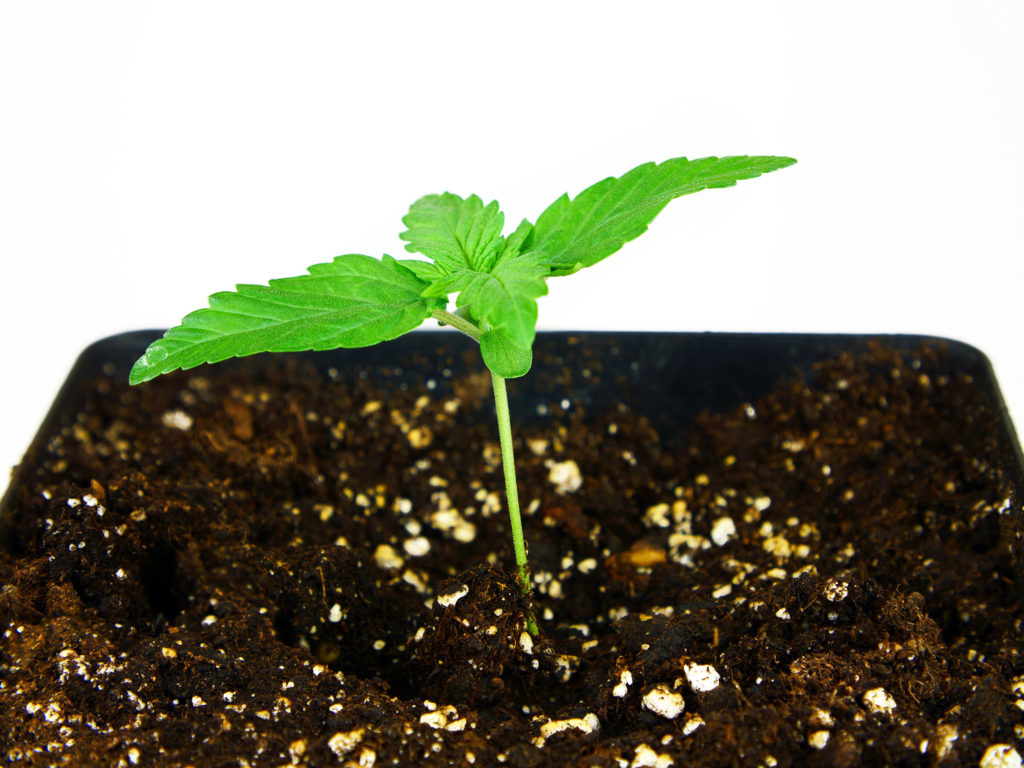
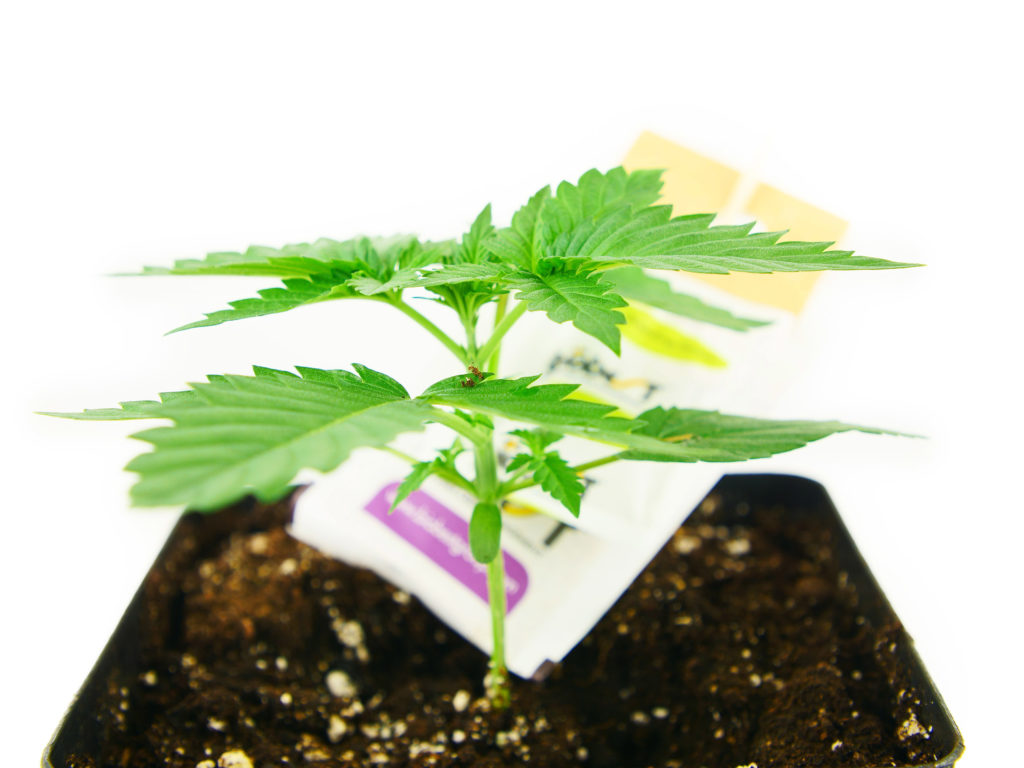
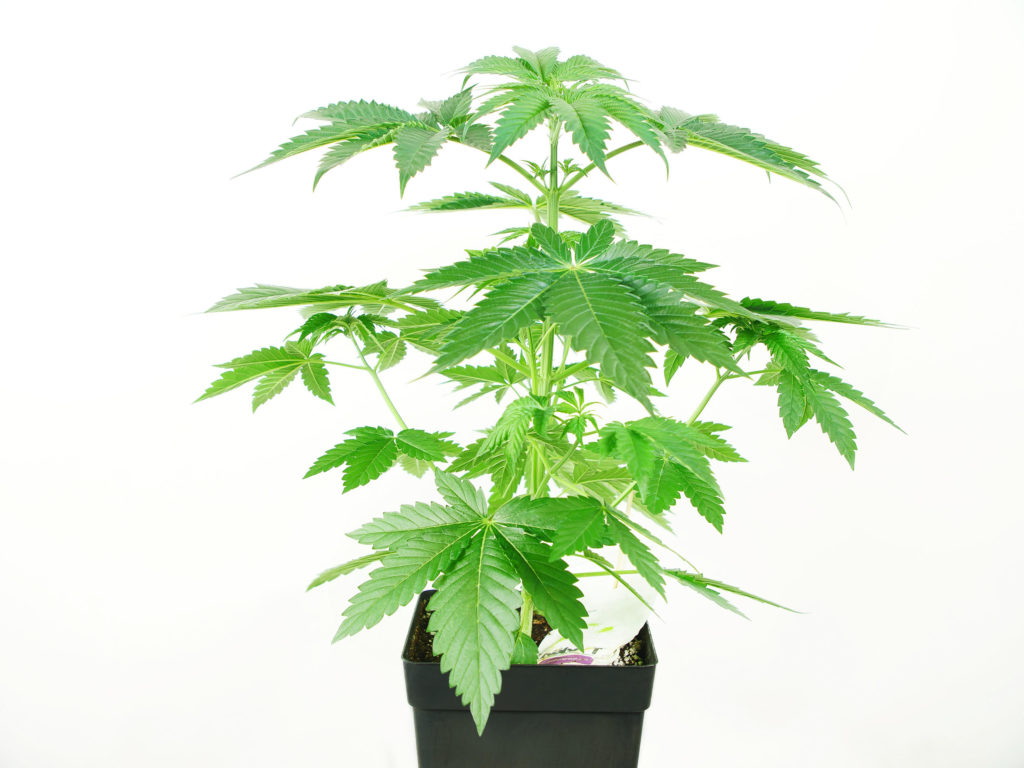


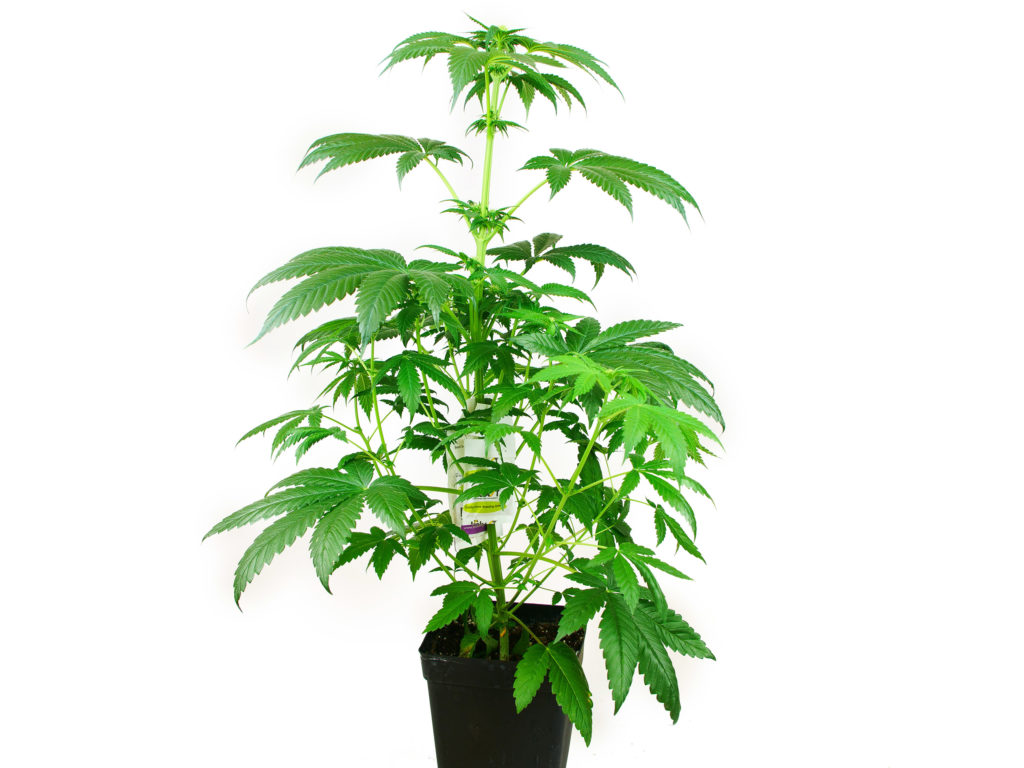
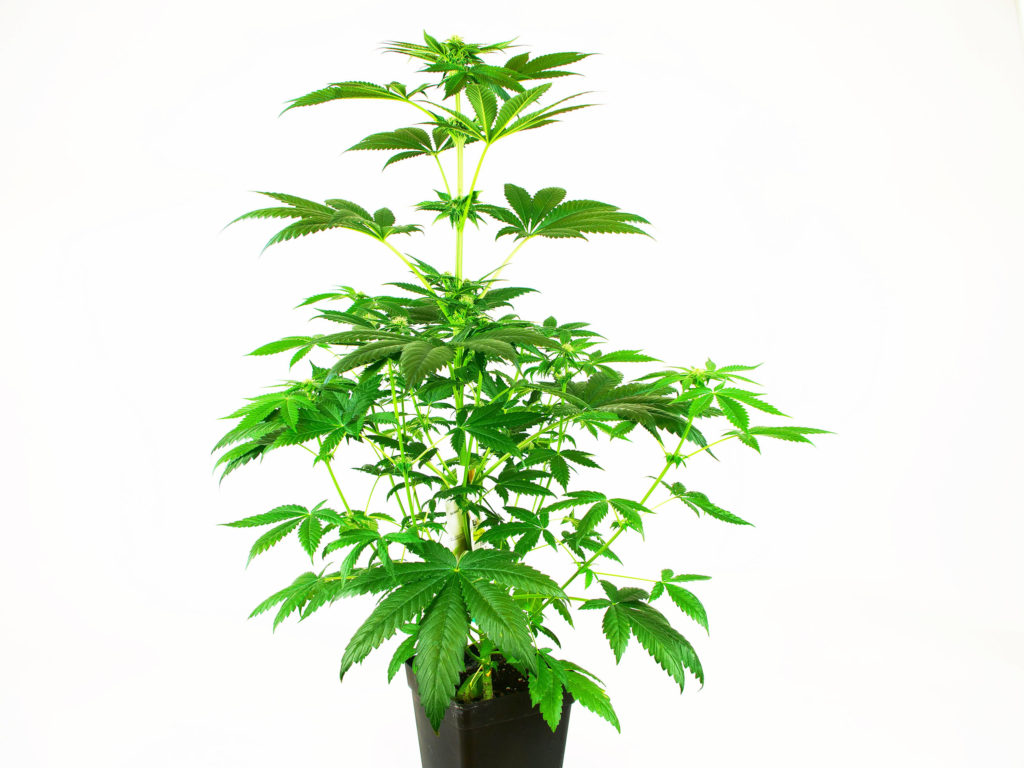
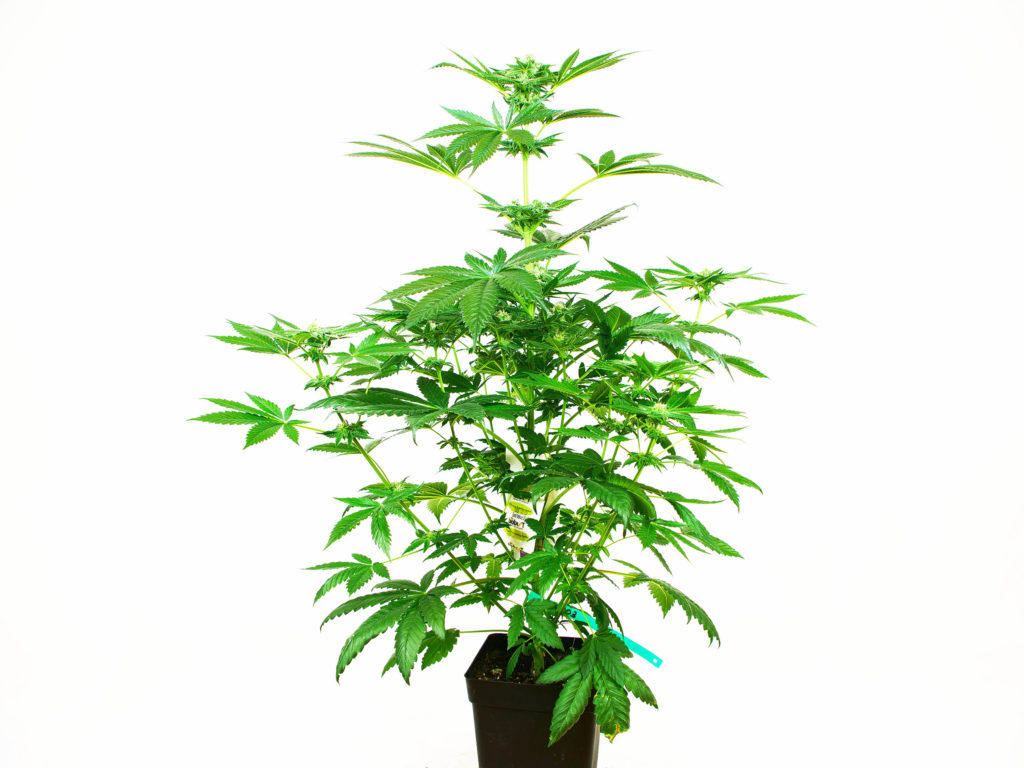
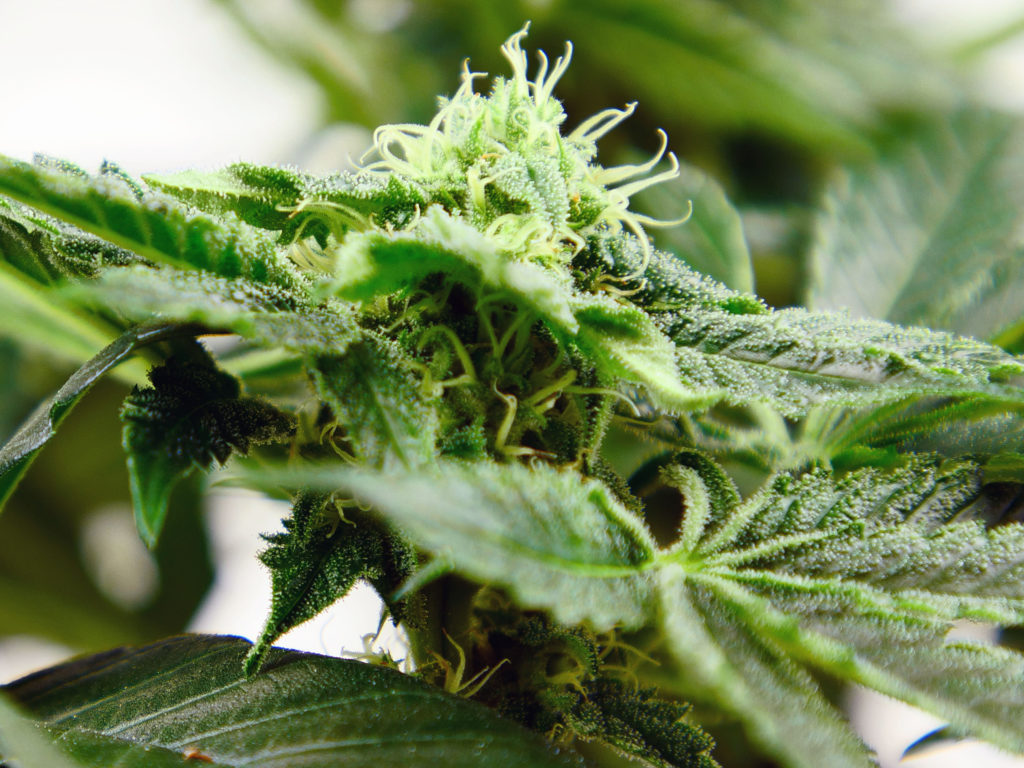
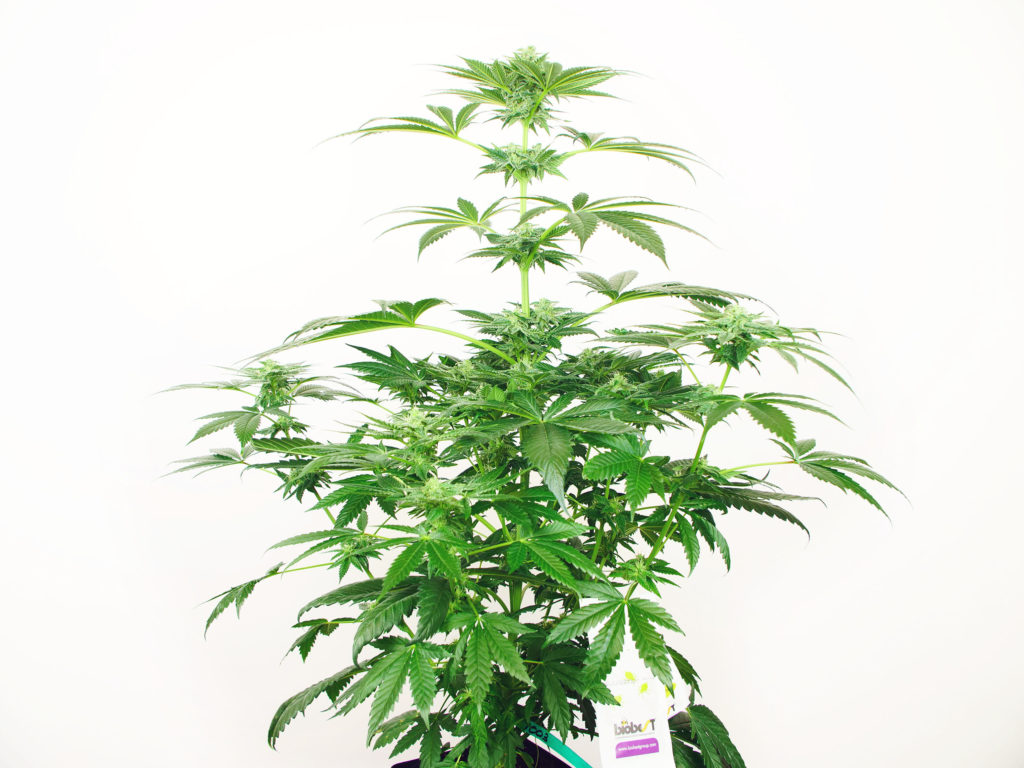


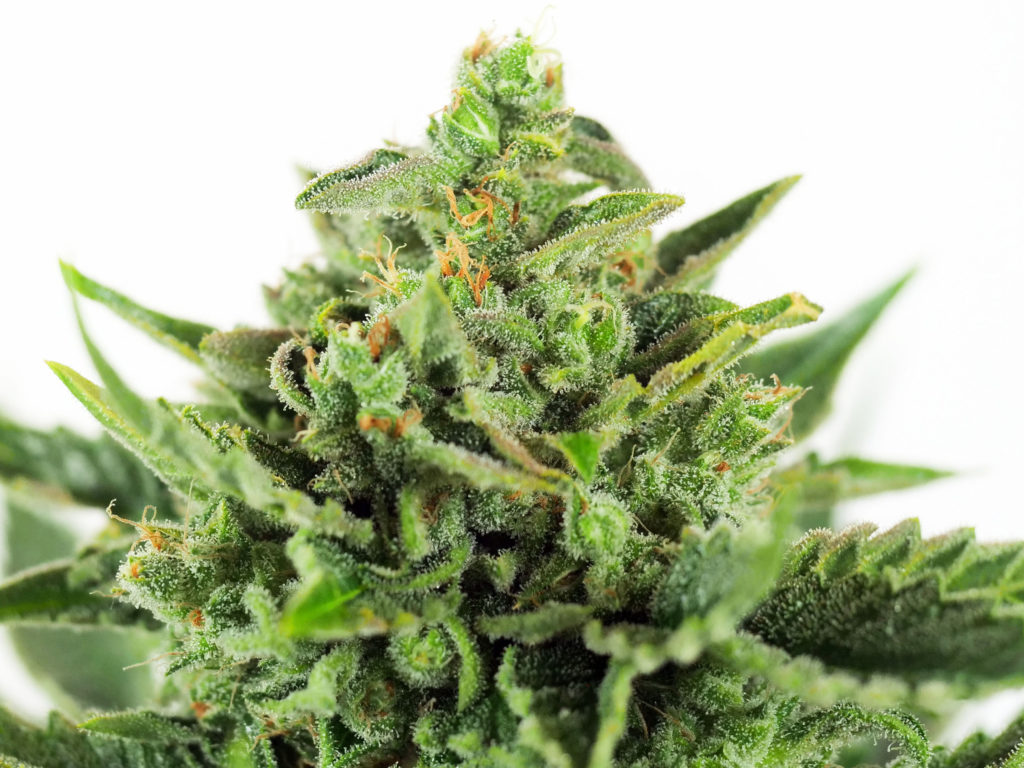
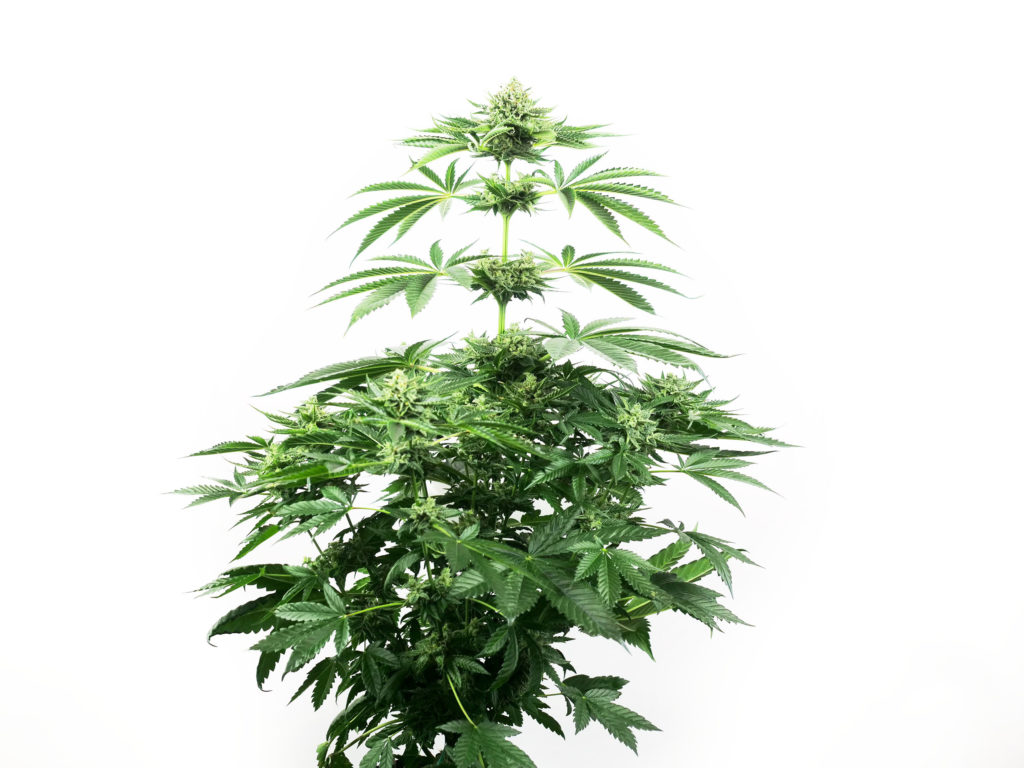

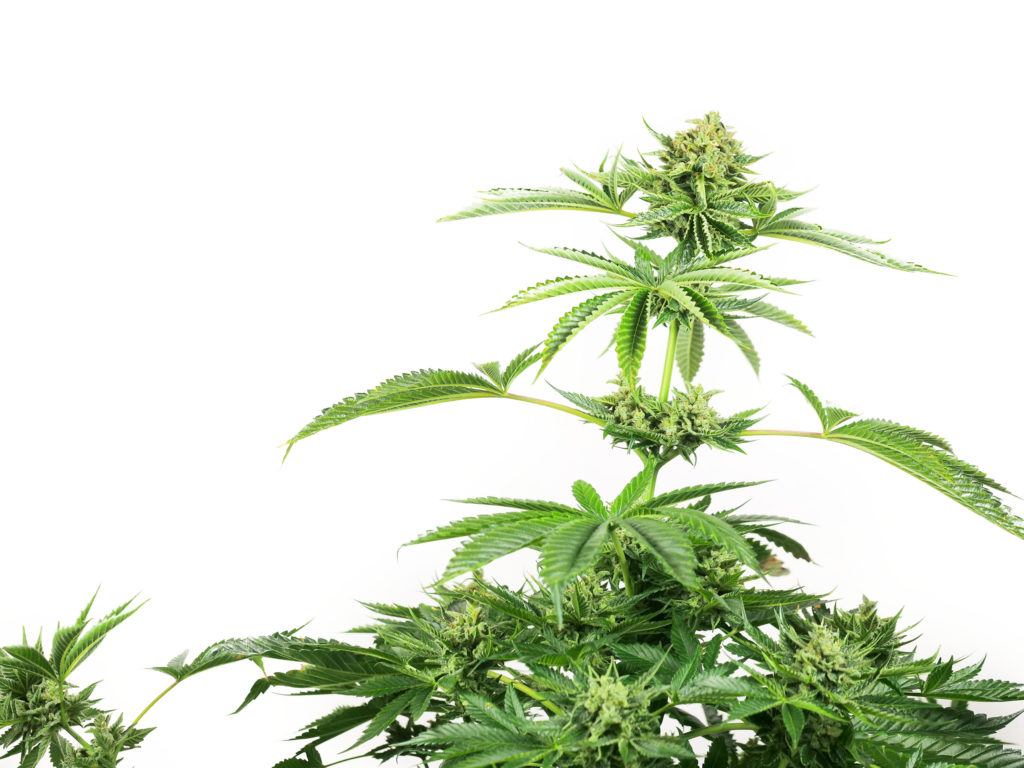



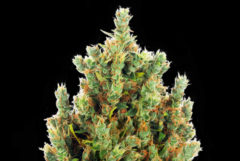



Skunk #1 is at 42 days and is looking amazing. It has an outstanding smell and loaded with bud. This is my 1st time with Sensi Seeds Skunk #1 and I can tell you it won’t be my last.